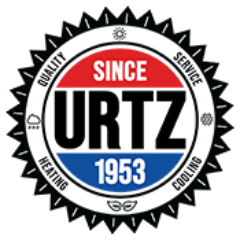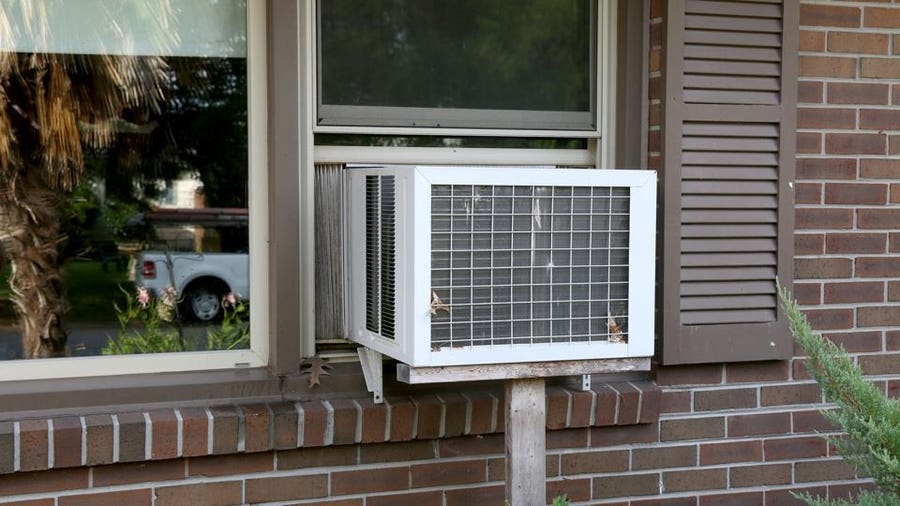When summer’s heat arrives, staying cool indoors becomes a priority. Two popular options for achieving blissful comfort are central air conditioning systems and stationary AC units. Both offer relief from the scorching temperatures, but they come with distinct advantages and disadvantages.
Central Air Conditioning: Comfort at a Cost
Central air conditioning systems offer whole-home cooling, ensuring a consistent temperature in every room. Many systems boast air filtration capabilities, improving indoor air quality by removing dust, allergens, and pollutants. Convenience is another perk – a single thermostat controls the entire system. Modern central air systems are also becoming more energy-efficient, potentially leading to lower utility bills.
However, central air conditioning comes with its share of challenges. Installation costs can be significant, especially for larger homes, due to the extensive duct work required. Uneven cooling is another potential issue, with some rooms receiving more cool air than others depending on the duct work design. Regular maintenance, including filter changes and coil cleaning, is necessary to maintain optimal efficiency. Additionally, central air conditioning systems can be energy-intensive, especially in older or poorly maintained models.
The ideal cooling system for your home depends on several factors, including your budget, home size, and cooling needs. Here’s a breakdown to help you decide between central air and stationary AC units.
Budget: Central air conditioning typically has a higher upfront cost due to installation. Stationary AC units are generally more affordable.
Home Size: Central air is ideal for larger homes as it can cool the entire space efficiently. Stationary AC units are better suited for individual rooms or smaller homes.
Cooling Needs: If you need consistent cooling throughout your home, central air is the way to go. For targeted cooling in specific areas, stationary AC units might suffice.
Lifestyle: If you spend most of your time in certain areas of the house, a strategically placed stationary AC unit can be a cost-effective solution.
Central Air Conditioning: Requires professional installation for duct work and system setup, potentially causing disruptions to your home during the process. Permits might also be required depending on your local regulations.
Stationary AC Units: Installation can be DIY-friendly for some window AC units. However, proper window sealing is crucial to ensure efficient cooling and prevent drafts. Additionally, some window types or sizes might not be compatible with stationary AC units.
Conclusion
The choice between central air conditioning and stationary AC units boils down to your specific needs and priorities. Carefully weigh the pros and cons, considering your budget, home layout, and cooling requirements. By understanding the benefits and challenges of each option, you can find the perfect solution to keep your home cool and comfortable all summer long.


